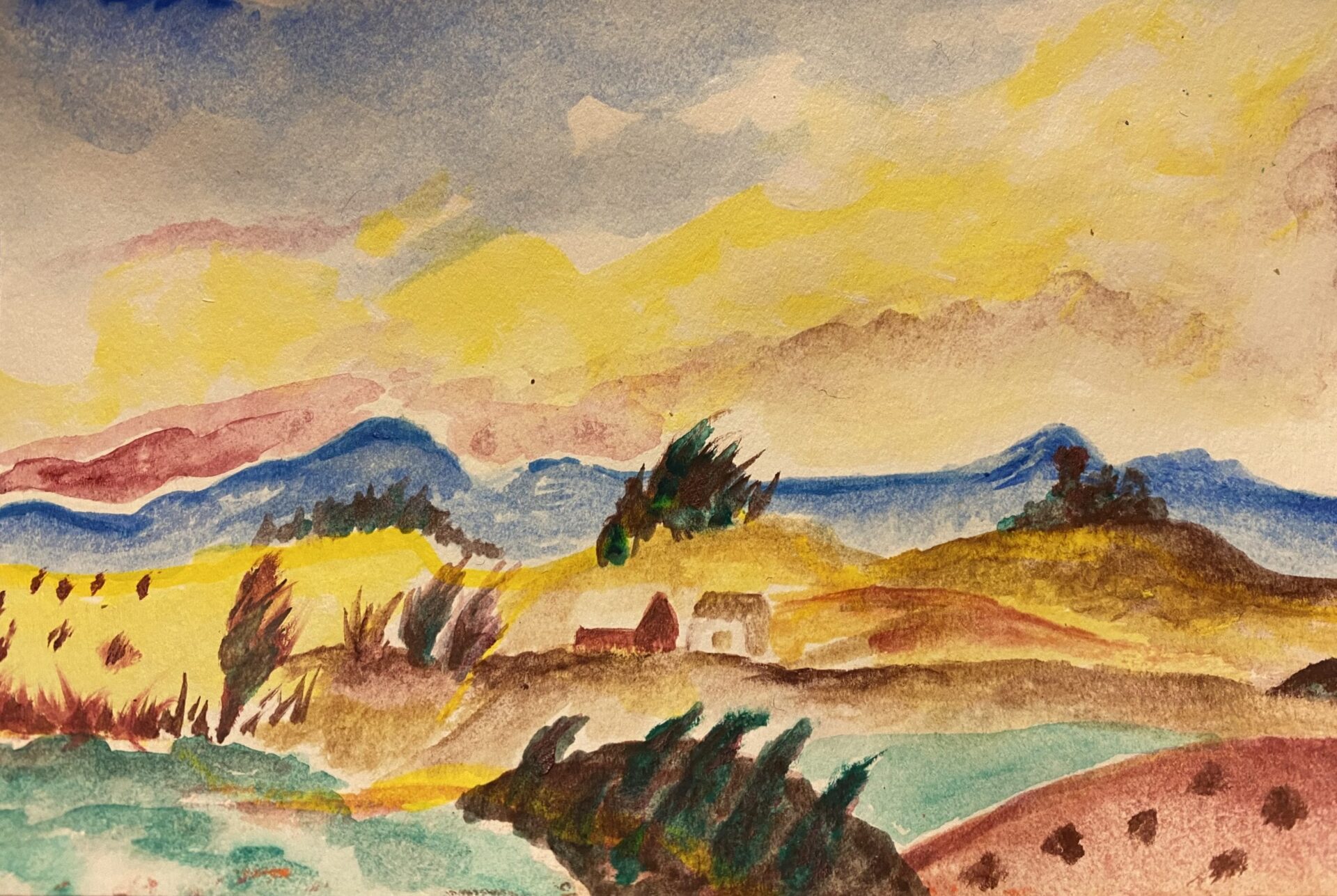by Patrick McNerthney
Kindness comes in many forms. My wife will attest to the fact I demonstrate most of them every day, along with an easy charm,
extraordinary hand-eye coordination, rugged good looks and several other traits that make me a Perfect Husband. If she’s not mad at me that is. But you don’t have all day to hear about my virtues, and I certainly don’t want you testing the veracity of these statements, so let’s move on to the Big Three Forms of Kindness.
First, there’s the easy, polite kindness that most of us throw around every day because it’s cheap. For example, my family has
a “to do” list for stuff that needs to be done around the house in the form of a dry erase board hanging from our fridge.
As I skip and/or avoid the big projects (like fixing our back porch) each weekend, I’m kind enough to erase them so my wife doesn’t get all stressed out. This is also known as being a “nice person.”
Seriously though, the first form of kindness happens every day, smoothing out our interactions with society and generally moving things forward. It means saying, “excuse me” when you bump into somebody at Costco, or helping your neighbor pick up their garbage cans that blew over in last night’s windstorm (just happened to me. See? Kind.)
The second level of kindness is a little more impactful as it involves true empathy. This kindness happens during important moments when people need to be heard and we actually stop and listen, which oddly enough allows us to see them. For example, if you’ve ever sat down with a coworker who needed to “Talk to you about something,” you’re demonstrating this second level of kindness.
(Listening is way harder than you think. I’m the worst. But every time I shut up and listen it works wonders in terms of helping people.) This second form of kindness creates dignity, and is based on a concept called sonder, which is the recognition that literally every human being (including me and you) has a voice in their head, fears keeping them up at night, hopes and dreams…that on some level we are all the same, no matter how different we may appear.
The third form of kindness is a doozy. I kind of squirm uncomfortably in my seat just thinking about it. It’s that dreaded form of kindness where people make things better for their communities with absolutely no selfish intent. This is best represented by those “human interest” stories the major news networks shove into the end of their broadcasts to make you feel less bad after watching their obsessive reporting of all things terrible in the world. For example, I recently saw a story about a young person placing fully-stocked refrigerators on the sidewalks in Denver, Colorado, to feed anyone in need. True story! Momentous impact. The fridges have never gone empty – the community just keeps re-stocking them.
Thus I squirm, for I know I have done nothing to propagate world changing kindness. In part this is because it’s easy to view these efforts as dauntingly unachievable, something only super humans can do, and thus let ourselves off the hook by claiming we’re incapable of making that kind of impact. “Well, I don’t have time to do that.”
But what if we framed this differently? What if we realized this young person didn’t put 50 refrigerators on 50 street corners all in one day? Or one week. Or one month. What if we accept the notion that movements build momentum, drip by drip, and thus this one began with a single refrigerator on a single corner? The power behind this third form of kindness lies not with the herculean effort of one individual, but rather with the small, dedicated kindness, intent on building community, that has a tendency to stay in motion once it starts. This is because it creates two things humans absolutely crave: Connection and possibility. All it takes is the decision to begin.
Since you’re likely already pretty good at the first two important but “easier” forms of kindness (or are at least better than I am), I’d like to invite you to participate in the community building, world changing kindness opportunities available at Fine Art Miracles. Creative expression offers the elderly, people with developmental disabilities and children with challenges, a way to show mastery, reconnect with pride and self-worth, and contribute to their communities. You can help them make this massive, positive change by supporting Fine Art
Miracles’s Art Therapy Sessions, volunteering to pack ART2GO packages, or by simply reaching out for more information. Fine Art Miracles is a great resource for taking the first step towards impactful change that can stay in motion and spread just like those refrigerators. You don’t need to change the world by yourself. You just need to decide to begin.






